This week, we start a look at the history of the city of Tokyo. How did the frontier fishing village of Edo go from backwater nowhere to the heart of the nation in only a few short generations?
Sources
Mansfield, Stephen. Tokyo: A Biography.
Richie, Donald. Tokyo: A View of the City.
Mansfield, Stephen. Tokyo: A Cultural History
Images
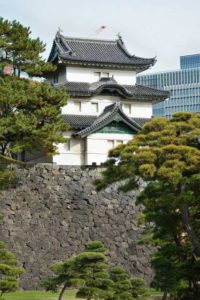
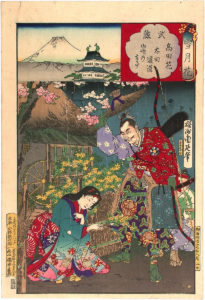
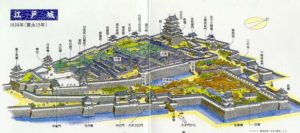
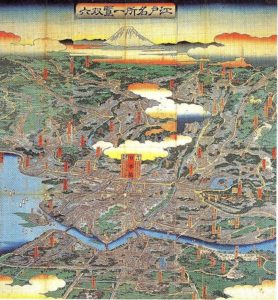

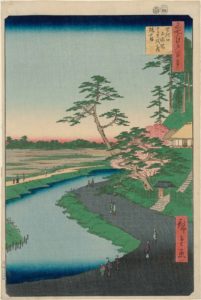
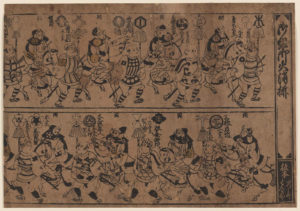
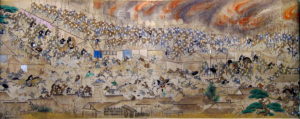
I find that very interesting about the street plans in Tokyo vs. Kyoto. I remember that when I visited those cities I thought Tokyo made no sense getting around by foot. Had I not discovered that feature where you can orient yourself on Apple Maps I’m really unsure about how I would have managed (I know I definitely spun myself in circles getting from Shinjuku station to my hotel). I thought Kyoto was more “American” because our cities tend to have that nice and simple grid pattern while Tokyo felt more “European” because it was sprawled about.
Switching gears: how were the various fire fighting units in Edo funded? Were they like a modern publicly funded fire department or was it something like a privately funded company? Were the firefighters volunteers, conscripts, or professionals?